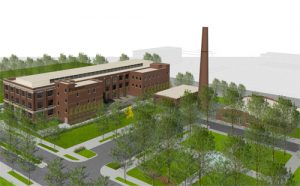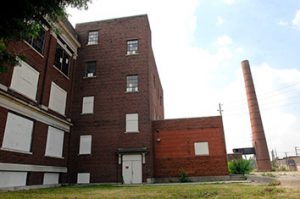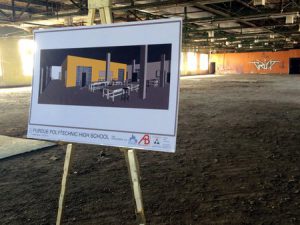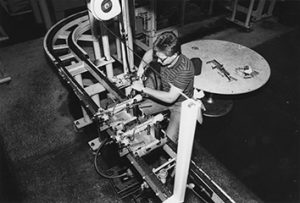Memory Bank: Mallory factory whirs with activity in 1943
At its height in the 1960s, the P.R. Mallory building on Washington Street had 1,500 workers.
At its height in the 1960s, the P.R. Mallory building on Washington Street had 1,500 workers.

The long-vacant P.R. Mallory building on East Washington Street is closer to becoming occupied, after plans to bring the Purdue Polytechnic High School there stalled over higher-than-expected renovation costs.

The planned high school for STEM studies announced with fanfare last year that it would move into the P.R. Mallory factory site, but leaders encountered a financial hurdle and now are keeping their options open.

The east-side factory used to employ 1,500 dry-cell battery makers, but has been abandoned for decades.

The only memories of thousands of long-gone manufacturing jobs are the giant, vacant factories left behind when companies bolt—after consolidation, restructuring or in search of cheaper labor.
A collaboration of not-for-profit community development corporations, or CDCs, has released a plan targeting four sections of the street, from Interstate 65 to Sherman Drive, that could be transformed in the next five to seven years.
Old factory is one of many existing assets that can reverse fortunes of a struggling neighborhood.
The city hopes to seek bids to redevelop land along East Washington Street that is part of the four-acre P.R. Mallory industrial complex. Real estate experts say an affordable housing project might make the most sense.
Those seeking the historic designation hope the four-acre industrial complex will be a catalyst for redevelopment of a stretch of East Washington Street.
A four-acre site just east of downtown with a rich history is being targeted by city officials and redevelopment leaders for redevelopment. They want to restore the once-vibrant spot at Washington and Gray streets in hopes that it will help revive the beaten-down corridor.
Don’t lose sight of viable businesses in your own backyard.